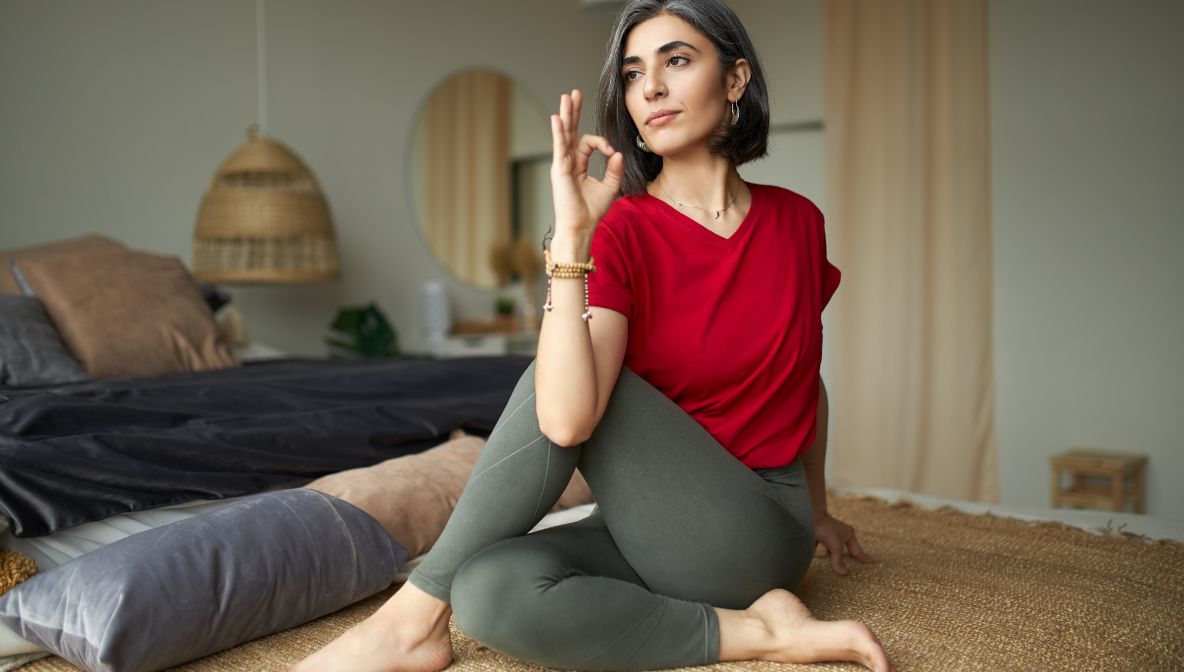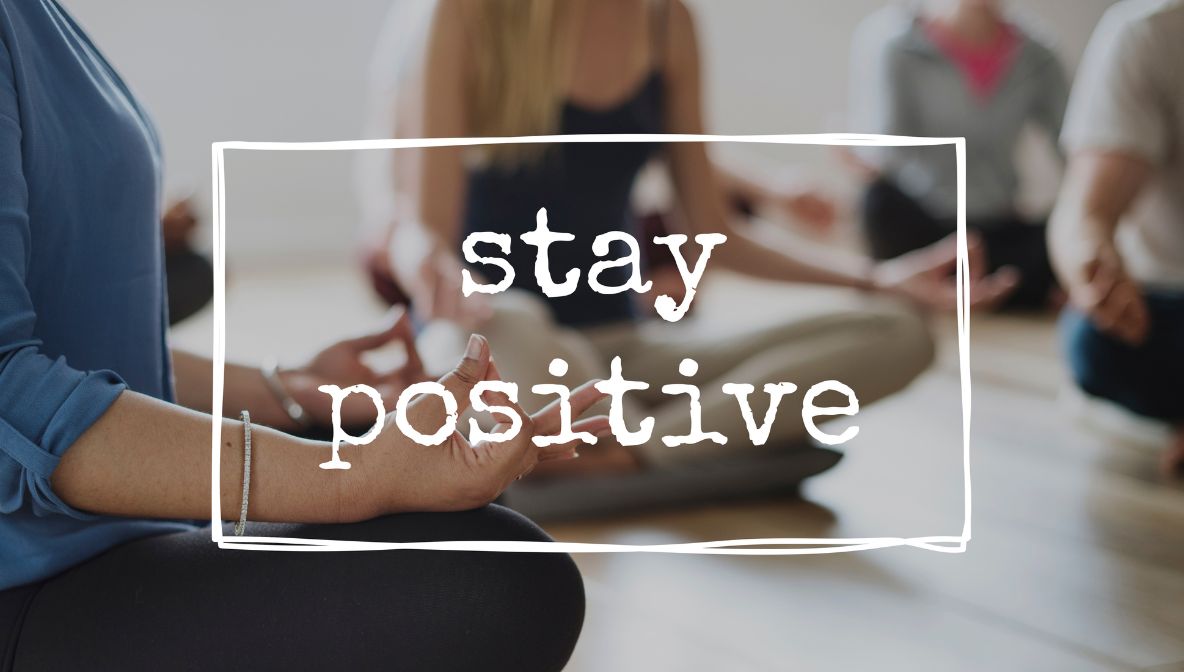Yoga is an ancient practice that promotes mental and physical wellness. It has become increasingly popular over the years due to its numerous benefits. For beginners, yoga can feel overwhelming with its many styles, poses, and terms. However, starting yoga doesn’t need to be complicated. In this guide, we’ll break down yoga for beginners and help you create a strong foundation for a balanced and healthy lifestyle.
Key Points:
- Yoga helps improve flexibility, strength, and relaxation.
- Starting with simple poses can reduce stress and boost overall well-being.
- Consistency in practice is key to seeing progress.
Why Should Beginners Try Yoga?
The Benefits of Yoga for Beginners
For beginners, the main benefits of yoga include improved flexibility, stress reduction, better posture, and increased mental clarity. These are just a few reasons why yoga is becoming a staple in many people’s daily routines. It is suitable for people of all ages and fitness levels, which makes it an accessible practice.
Yoga combines deep breathing exercises with physical postures. These movements help in releasing muscle tension and improving circulation. For beginners, the slow-paced practice of yoga helps in developing body awareness. It allows you to connect with your mind and body, creating a stress-free experience.
Examples of Yoga Poses for Beginners
Here are a few basic yoga poses to help you get started:
- Child’s Pose (Balasana): A resting pose that stretches your back and relieves tension.
- Downward Dog (Adho Mukha Svanasana): Strengthens the arms and legs while stretching the spine.
- Mountain Pose (Tadasana): Improves posture and balance.
By practicing these poses, beginners can slowly ease into the deeper aspects of yoga and strengthen both the body and the mind.
How Can Yoga Improve Stress-Free Living?
Yoga and Stress Management
Yoga has been proven to be effective in reducing stress levels. Regular yoga practice encourages relaxation and helps manage anxiety. By focusing on breathwork and mindfulness, beginners can learn to release stress and create a sense of calm.
In addition to meditation, yoga helps to release tension in the body, which is often a result of emotional stress. The practice promotes relaxation through controlled breathing, which calms the nervous system. It’s a great way to unwind after a busy day and regain focus.
What Are the Best Yoga Poses for Beginners?
Simple Poses to Get You Started
For beginners, it’s best to start with simple poses that do not strain the body. As you become more comfortable, you can gradually try more challenging positions. Here’s a comparison table showing beginner poses:
| Yoga Pose | Benefits | Difficulty Level |
|---|---|---|
| Child’s Pose | Releases tension, stretches back | Easy |
| Downward Dog | Strengthens arms, improves posture | Moderate |
| Tree Pose | Improves balance and concentration | Moderate |
| Warrior II | Builds strength and stamina | Moderate |
Note: It’s important to listen to your body and not push yourself too hard. If a pose feels uncomfortable, back off and adjust accordingly.
How Does Yoga for Beginners Contribute to Work-Life Balance?
Yoga and Finding Balance in Life
Yoga isn’t just a physical practice – it’s a holistic approach to living. For those struggling with work-life balance, yoga can provide the perfect solution. It encourages mindfulness and presence, which are essential in achieving a healthy work-life equilibrium.
The physical aspect of yoga helps to release any built-up stress from work or daily life, while the mental aspect of yoga provides clarity. Yoga can help improve your focus and concentration, allowing you to better manage time and energy between work, personal life, and relaxation.
Examples of Yoga Practices for Busy People:
- Quick 5-minute stretching sessions in the morning or during breaks.
- Incorporating deep breathing exercises into your daily routine.
Conclusion
Yoga for beginners is a wonderful way to enhance both physical and mental health. Starting with simple poses and gradually progressing to more advanced ones allows you to reap the full benefits of yoga. Whether it’s for stress management, better work-life balance, or just overall well-being, yoga can be an essential tool for creating a healthier lifestyle.
With consistency and patience, yoga will help you build strength, flexibility, and inner peace. As you grow in your practice, you’ll notice improvements not only in your body but also in your mindset, contributing to stress-free living and a more positive approach to everyday life.
FAQ’s
Q1: What should a beginner do before starting yoga?
Before starting yoga, make sure to warm up your body with light stretching. Choose comfortable clothing, and have a yoga mat ready. Focus on breathing exercises to prepare your body and mind.
Q2: How often should beginners practice yoga?
Beginners should aim to practice yoga at least 2-3 times a week. Start slow and gradually increase the frequency as your body adapts.
Q3: Can yoga help reduce anxiety?
Yes, yoga is an effective method to reduce anxiety. Focused breathing and calming poses help activate the parasympathetic nervous system, which reduces anxiety.
Q4: What if I can’t perform a yoga pose correctly?
It’s perfectly normal for beginners to struggle with certain poses. Start with simpler variations and gradually work your way up. It’s important not to push yourself too hard.
Q5: Can yoga improve my sleep quality?
Yes, practicing yoga, especially before bed, can improve sleep quality. Relaxation techniques in yoga, such as deep breathing and gentle stretches, help release tension, making it easier to fall asleep.




